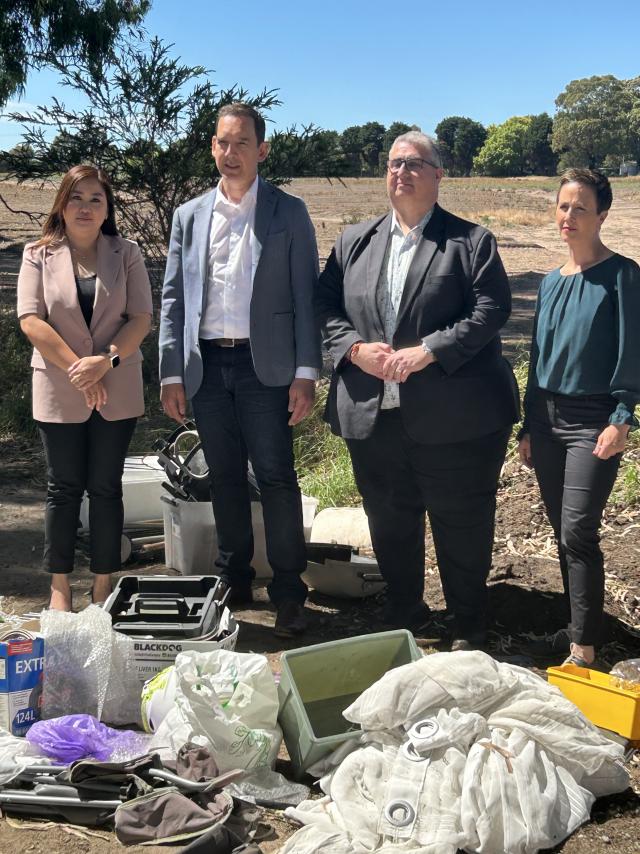By CASEY NEILL
FORD’S impending closure could actually provide growth opportunities for manufacturers in the south east.
This was the response from new South East Melbourne Manufacturers Alliance (SEMMA) executive officer Adrian Boden, after the 2016 Geelong and Broadmeadows plant closures were announced last week.
“We have begun an initiative with the local government authorities to see what we could possibly do to assist over the next three years,” he said.
“This closure was mooted way back last year.
“Most of our manufacturers would have begun to find replacement business or have three years to do so.”
Ford said the closures would leave 1200 people without jobs, but Mr Boden said manufacturers in the south east could work with Ford to take on some of the skilled employees.
“I believe that we can absorb those numbers over time,” he said.
“They train their people well. They’ve got good quality skills.
“We’ve got members who are growing.”
Mr Boden said the biggest risk moving forward was Toyota or Holden following Ford’s lead, because they made up more than 80 per cent of Australia’s car manufacturing industry.
The Australian dollar again gaining ground is their biggest fear.
“If it heads on down, Australia’s manufacturers are going to be breathing a sigh of relief,” he said.
He said reasons for the closure needed to be addressed.
“Trade agreements that we have need to be look at and reassessed,” he said.
“Inherent barriers in our ability to export to Thailand, Japan … there needs to be a review of how balanced those agreements are.
“It’s our natural market in terms of distance.”
Mr Boden was frustrated with questions over manufacturing’s future stemming from the Ford announcement.
“We are strong, we have a number of competitive advantages over our overseas counterparts,” he said.
He said job cuts in other sectors, like banking and cleaning, had not attracted the same exposure.
“There doesn’t seem to be an emphasis on the good news from manufacturing,” he said.
“It’s always the doom and gloom.
“Australians have all of the requirements to be competitive.”






